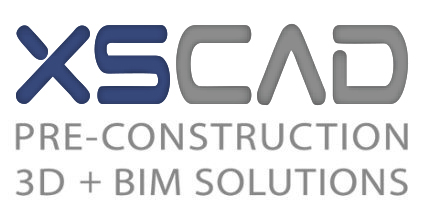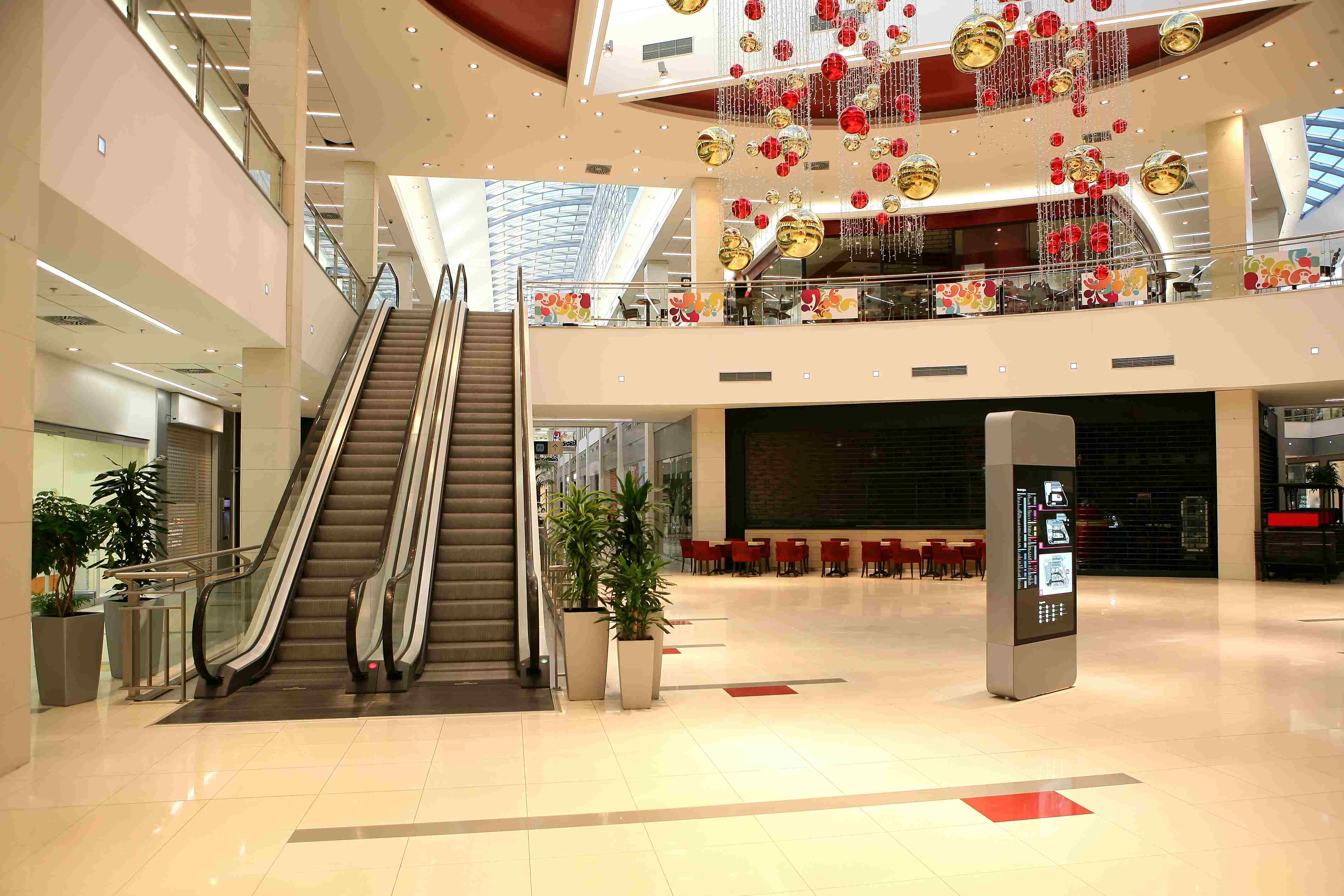
10 reasons why retailers are switching to Revit

Merchandising, marketing, interior design, ergonomics and advertising are central to retail design and to create a positive shopping experience for both retailer and consumer.
Autodesk Revit Architecture is a programme designed for Building Information Modelling (BIM) and is vital to retail design. While BIM assists designers in developing the precision of design data created during planning and construction stages, Revit enables the capture and analysis of design concepts, maintaining coordinated design data through documentation as well as construction. The overall retail experience today is centred on design and presentation of space and, ultimately, is a representation of the retailer’s brand.
Autodesk’s Revit Architecture is a platform for retailers and designers to create BIM retail design in a collective environment. Other significant benefits are summarised below.
10 Reasons to Use Revit for Retail Design
- It is a 3D design tool. This means no more traditional drawings and design software – Revit is a more intelligent tool providing 3D capabilities and views throughout its application.
- It uses parametric 3D models created using Revit 3D BIM modelling to help get a more precise design with actual objects instead of simple poly lines.
- A striking feature of Revit is that if set properly it calculates the required materials and component parts, based on the design, into schedules, helping to avoid manual checking and preventing human error.
- Revit also allows visualization of the model. Drawings can be created from the model to maintain accuracy.
- Revit possesses exceptional rendering tools and abilities, allowing designers to use Revit views directly from the model through special packages like 3DS Max.
- Project managers can monitor progress through integration with time liner tools by building up Revit BIM models using Revit BIM tools.
- Revit architecture allows re-use of the same equipment in different stores, e.g. store furniture, lighting or graphics etc.
- Modifications can be made throughout the construction and design stages for any retail design in Revit.
- Users can make alterations to specific areas such as a section or a plan. Revit’s database structure means other areas of the Revit Model such as an elevation or schedule will be updated accordingly.
- Others can be kept aware of changes to the project more easily, as Revit allows files to be shared during the design process.
Leading global retailers are increasingly using Revit architecture for BIM modelling because of the many benefits that assist in the creation of retail construction drawings. The design process can be managed more efficiently, creating clash free drawings, extract precise procurement data and helps to use 3D views in their design data. This combination allows retailers to reduce costs and will help to create an accurate timescale for store openings.





